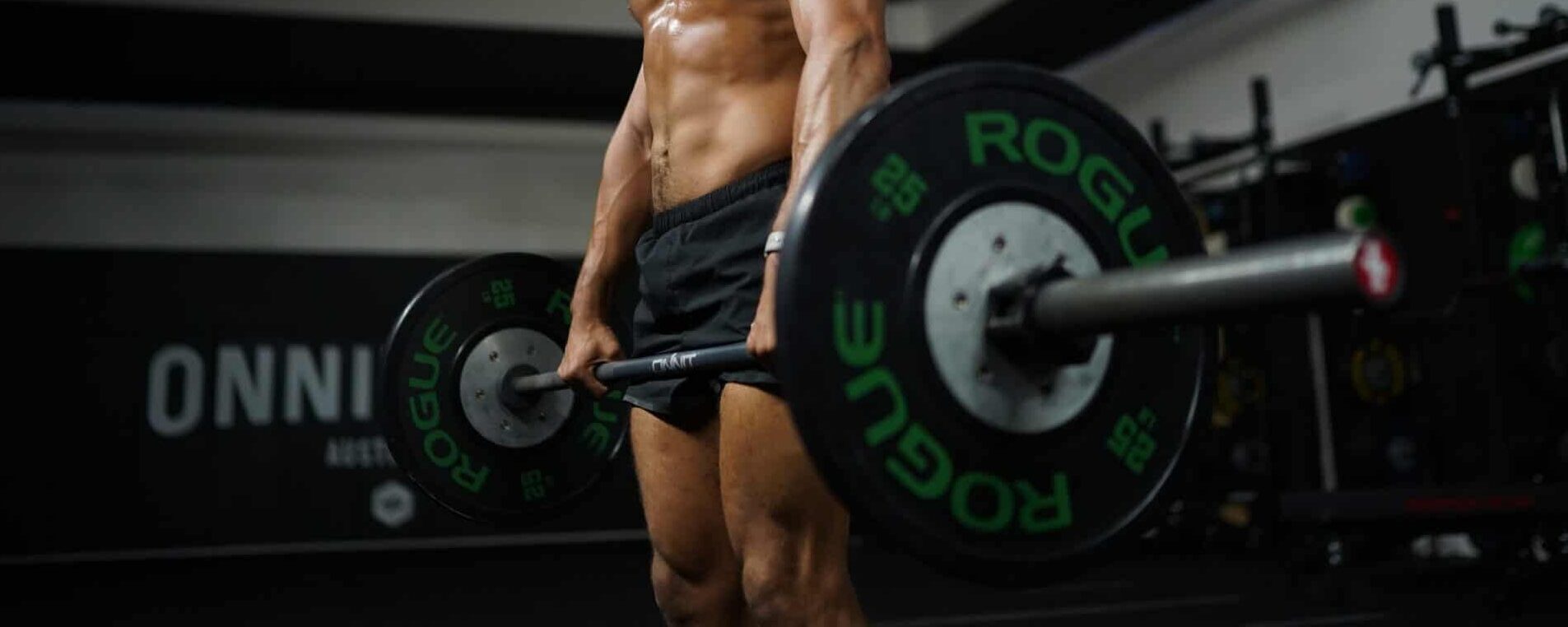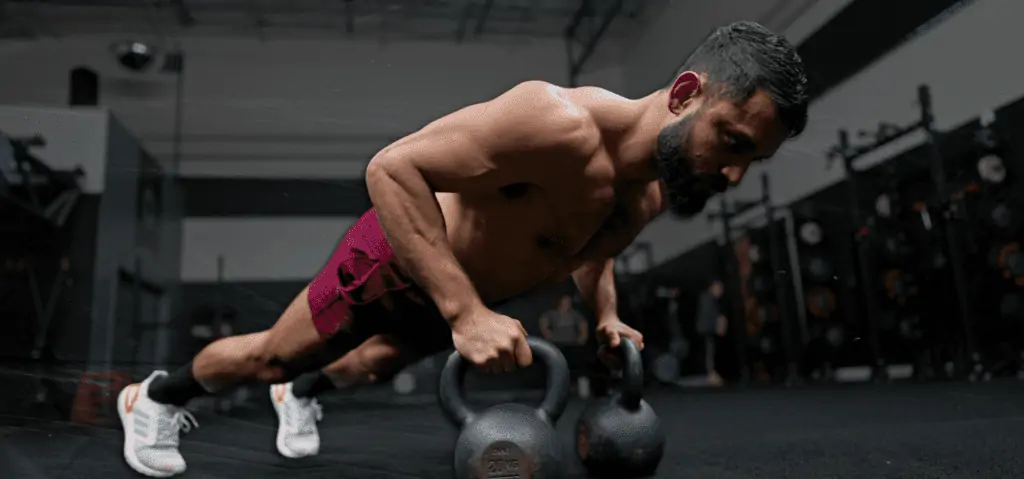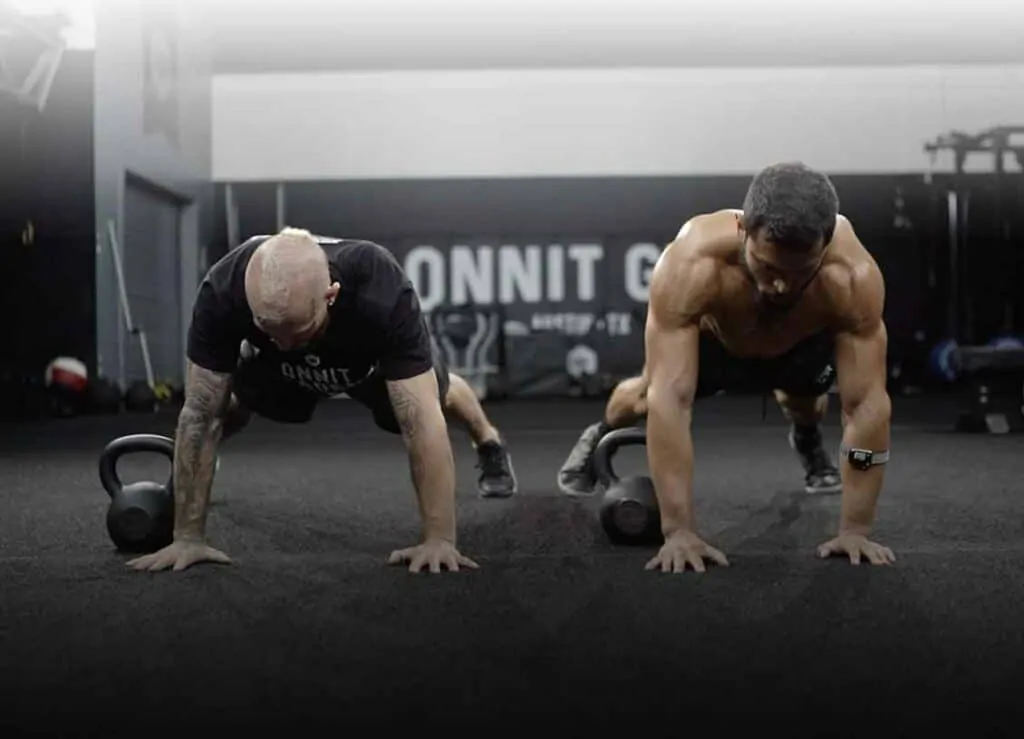
Getting in a heavy session is great, to understate the obvious. Whether it’s kettlebells, heavy sandbags, standard barbell training, etc … all forms of heavy weight training are excellent for putting on gains.
However, if you’re not heavy lifting using a specific form of training called eccentric training, you’re likely missing out on some serious strength gains. Here, we’ll dive into what eccentric training is and how you can incorporate it into your sessions.
What is Eccentric Training?
To understand how and why eccentric training works, we’ll need to have a quick muscle physiology lesson. Our muscles perform three different types of actions: concentric contractions, isometric holds, and eccentric lengthening.
A concentric contraction is when your muscles contract, or shorten, during a movement. This is what is happening in your glutes when you push up from a squat to standing. Isometric action is when your muscle fibers are still under a load, such as when you are in a plank position or wall squat. And finally, eccentric muscle action is the lengthening or lowering phase of a movement or lift. This is what is happening when you lower a dumbbell after doing a curl.
Eccentric training, as you may have now guessed, is training that focuses on the eccentric phase of your lifts or movements.
This may seem odd or counter-intuitive, since for decades mainstream workouts and gym culture have focused heavily on the contraction phase of lifts. However, eccentric training has actually shown in studies to be more effective at increasing muscle mass than concentric training.
Benefits of Eccentric Training
Increasing muscle mass isn’t the only thing eccentric training has up its sleeves though; other research shows it more effectively improves power and speed performance compared to standard resistance training as well. The reason we see these results with eccentric training is because during an eccentric movement, your muscles are under more force than they are during a concentric movement. When your muscles are under more force, more muscles fibers are recruited, while leads to more strength and size gains.
Not to mention, this extra force also increases energy and oxygen usage by your body … which is epic news for fat loss. In fact, one study found that a full-body eccentric workout increased the resting metabolism in athletes by 9% and for no less than three hours following the exercise.
If you’re involved in any type of sport, eccentric training is also a priceless way to improve agility and speed. The lowering phase of lifts mimics the deceleration and directional-change movements often performed in sports. The stronger your eccentric phase, the more efficiently you’ll be able to rapidly stop, change direction, and spring back into action.
How to Incorporate Eccentric Training Into Your Sessions
Adding in eccentric training to your current regime isn’t difficult. Keep these tips in mind and try to focus on lowering movements a few times per week.
Reduce Your Tempo
The easiest way to add in eccentric movements is to focus on doing them during your standard training sessions. All you have to do is focus on extending your lowering phase of your movements by 3 to 5 seconds each. This means if you’re doing a squat, slow down as you lower into the bottom of it. Count from 1 to 6. Then, push up and out of the squat at your normal pace.
Start with Simple Moves
Since you’re still getting used to eccentric movement, it’s best to stick with basic moves to start. Think squats, push ups, and overhead presses.
Reduce Your Weight If You Need To
Because of the increased force on your muscles, you may notice that you won’t be able to get in as many reps when you’re going low and slow. This is no problem: simply lower the weight enough so that you can maintain form, and work up from there. This might feel like a set back, but remember, you’re actually building up a weakness.
Finally, keep in mind that delayed-onset muscle soreness (DOMS) is usually worse after eccentric training sessions. This is simply because you’re lighting up more muscle fibers, which naturally leads to more soreness. Make sure to get in enough water, magnesium, foam rolling, mobility work, and even Epsom salt baths if you can.
The Bottom Line
• Studies show eccentric training is more effective at increasing strength and muscle growth
• Eccentric workouts also boost metabolism more than traditional strength workouts
• Eccentric training can improve agility
• Add eccentric movements into your routine by adding 3 to 6 extra seconds onto your lowering phase


